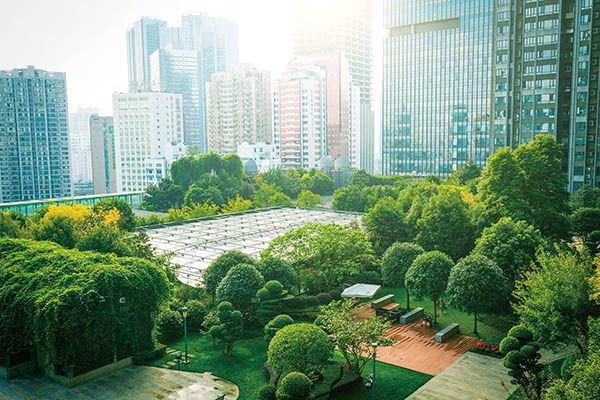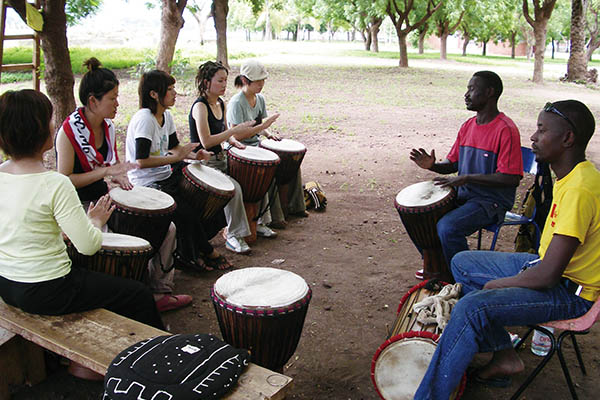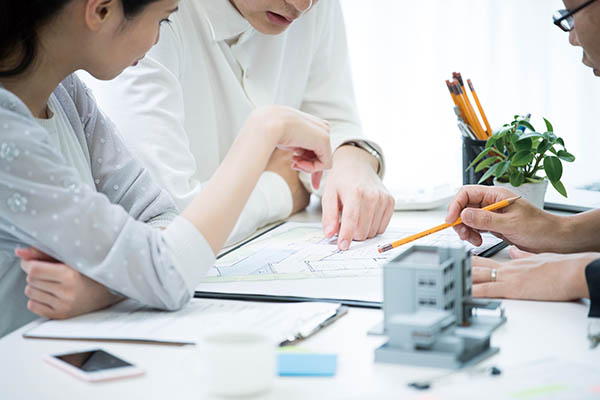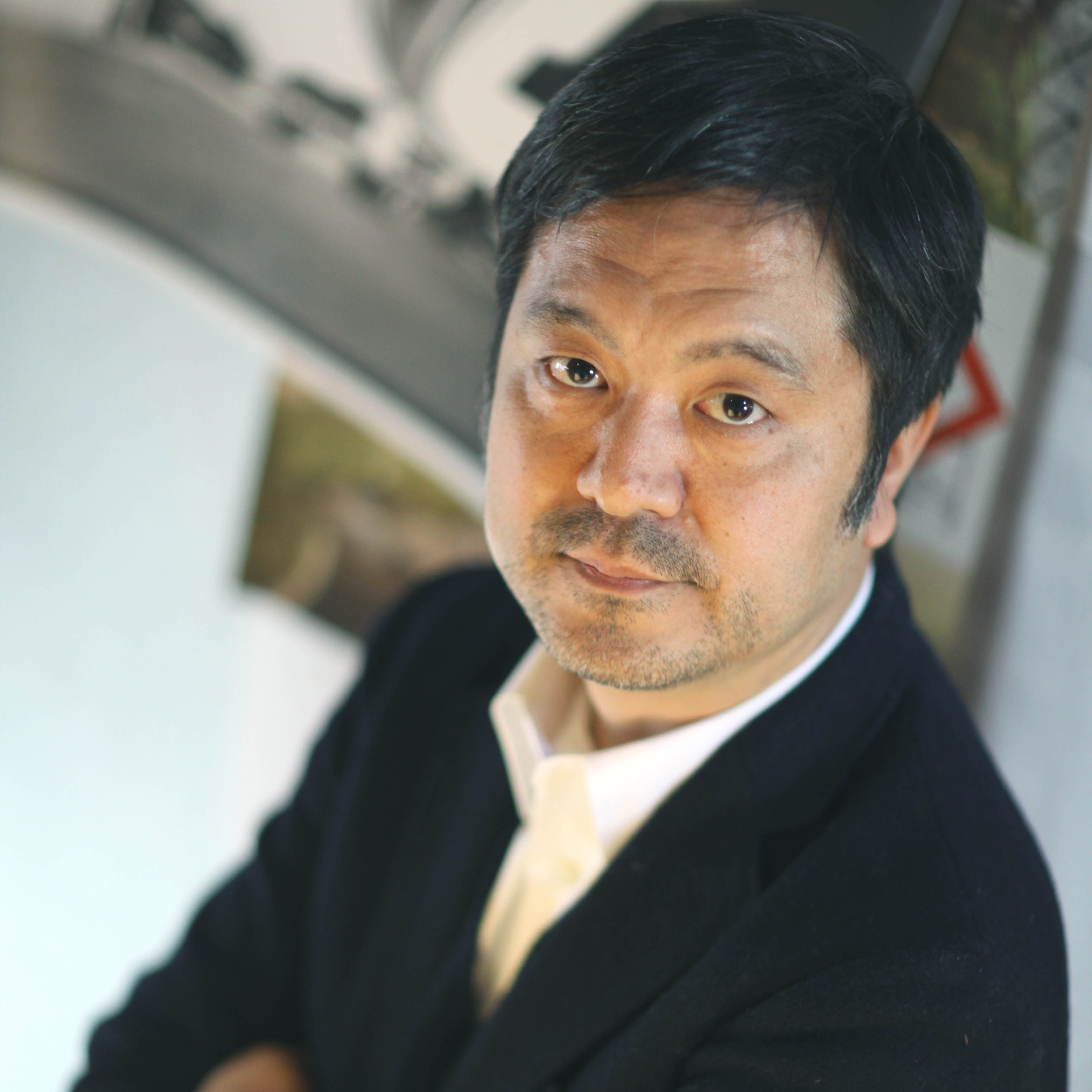Creating sustainable cities, social environments and lifestyles
Four-Year Course of Study
-
1STYEAR
Learn basic knowledge and techniques of design and environmental design
In common with all departments, students acquire basic knowledge and skills in design and consider the places and environments in which people live. There is a full range of lectures on architecture and architects since the modern era, as well as specialized lectures on understanding the main structures of buildings. Students will learn widely about architectural design and environmental design, and discover their own interests.
-
2NDYEAR
Start seminar activities to deepen practical understanding
Students deepen their understanding of the relationship between the natural environment and human life through a variety of practical training, including urban agriculture and tree planting. At the same time, students create a plan for long-term fieldwork in the third year.
-
3RDYEAR
Travel in Japan and overseas for in-depth research
In addition to their research in Japan, students visit and conduct research in places such as Southeast Asia (Vietnam, Thailand, Hong Kong, etc.), Africa (Senegal, Ghana, Mali, etc.), or Brazil. Upon returning to campus, students continue to verify their hypotheses through seminar presentations and guidance from faculty.
-
4THYEAR
Crafting new propositions through graduation research
Students use their comprehension of the present situation refined through research and the knowledge gained from their experiences thus far to engage in graduation research on people’s lives, the nature of communities, and urban development. Their efforts culminate as new propositions in the form of a graduation thesis or graduation design.
What You Will Learn
- The ability to communicate with people on a deeper level and propose ideas with a flexible growth mindset
- The practical skills necessary to create sustainable communities built on a deep understanding of culture and region
- The professional skills required to plan and render architecture and cities that enrich people’s lives
Course Highlights
-

Learn about the culture, the community, the environment, and the way it is.
We consider the future of the environment in which human beings will live through all cultures of the world. Students will gain an understanding of people and regions, acquire knowledge and skills in architecture and urban planning, and study sustainable buildings, town planning, and communities. We propose new lifestyles for people.
-

Practical learning through local experience
We actually visit all kinds of fields in Japan and overseas to conduct research activities. We also offer a full internship program, including participation in projects at NPOs engaged in activities related to community development. Students discover issues based on their actual experiences and thoughts, and repeat analysis and consideration.
-

Learn from a faculty member who is also an architect
You will learn from faculty members with diverse backgrounds and different approaches to architecture. Together with faculty members who conduct international and interdisciplinary research on the relationship between society, culture, history, and the environment, and cities and homes, we will discover issues and propose new lifestyles.
Examples of Research Themes
- Research on Depopulation and Revitalizing Communities in Mountainous Regions
- Reviving Traditional Townhouses and Transforming Communities
- Community Development for a Declining Birthrate and an Aging Population
- Theories and Myths Regarding the Restoration and Conservation of World Cultural Heritage Sites
- Urban Expansion and the Transformation of Existing Communities in Vietnam
Careers
Available Qualifications
- 1st-class Kenchikushi (by examination)
- 2nd-class Kenchikushi (by examination)
Voice
-

Toshiaki Kawai Academic Faculty Architectural Design as Environmental Management
As an architect, I have many opportunities to reconcile the interests of people in different positions in my day-to-day architectural design work. One day, I realized that this very act of reconciliation was a key part of resolving environmental issues, and I became interested in pursuing architectural design as a form of environmental management. My seminar engages in the development of a universal model of architectural design and urban development that can be used in cities around the world. I would like students to compare Kyoto with other cities in their observation and analysis and apply local perspectives to give shape to their ideas on a global scale. Architectural design involves a variety of constraints and problems, but when we persist in searching for solutions whatever the situation, there are moments when the solution to the puzzle suddenly reveals itself. The joy of architectural design is in these moments.

